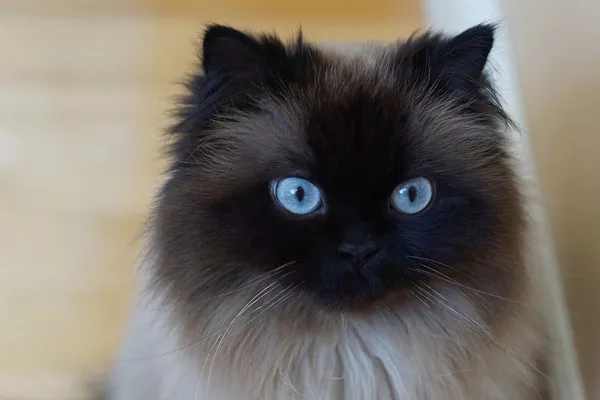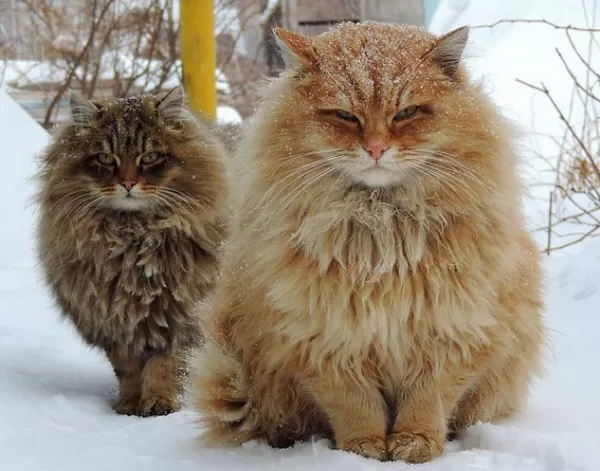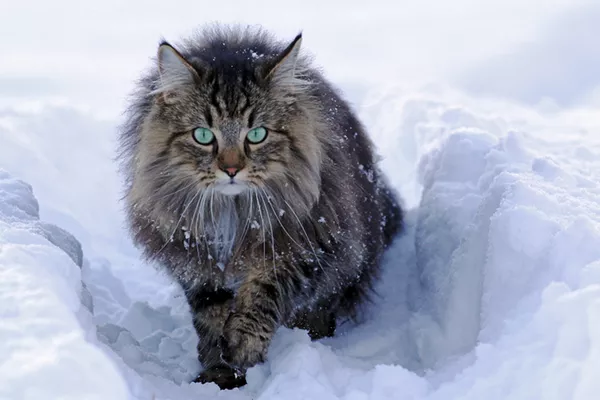Himalayan cats, with their striking blue eyes and luxurious fur, are not only beloved companions but also renowned for their distinctive appearance and gentle demeanor. For cat breeders and enthusiasts alike, understanding the reproductive potential of Himalayan cats is essential for responsible breeding practices and ensuring the health and well-being of both the mother and her kittens. In this comprehensive guide, we’ll delve into the factors that influence the litter sizes of Himalayan cats, dispelling myths and providing practical insights into their reproductive capabilities.
Introduction to Himalayan Cat Reproduction
Before delving into the specifics of litter sizes, let’s explore some key aspects of Himalayan cat reproduction:
1. Reproductive Maturity:
Himalayan cats, like other domestic cat breeds, reach sexual maturity at around six to nine months of age. However, it’s essential to wait until they are physically and emotionally mature before considering breeding to ensure the health and well-being of both the mother and her offspring.
2. Estrous Cycle:
Female Himalayan cats experience an estrous cycle, also known as “heat,” approximately every two to three weeks during the breeding season, which typically occurs from spring to fall. During this time, they become receptive to mating and may display behaviors such as increased vocalization, affection toward male cats, and restlessness.
3. Gestation Period:
The gestation period for Himalayan cats, or the time between conception and birth, typically lasts around 63 to 67 days. During this time, the pregnant cat undergoes physical and hormonal changes in preparation for giving birth to her litter of kittens.
Factors Influencing Litter Sizes in Himalayan Cats
The litter size of Himalayan cats can vary based on several factors, including genetics, age, health status, and environmental factors. Let’s explore some of the key factors that influence litter sizes in Himalayan cats:
1. Genetics:
Genetic factors play a significant role in determining litter sizes in Himalayan cats. Breeding practices, including the selection of breeding pairs and genetic diversity within the gene pool, can impact the number of kittens born in a litter. Himalayan cats with a history of large litters in their ancestry may be more likely to produce larger litters themselves.
2. Age of the Cat:
The age of the female cat can also influence litter sizes, with younger cats typically having smaller litters compared to older, more experienced mothers. As a Himalayan cat matures and gains experience with each breeding cycle, she may become more proficient at producing larger litters.
3. Health and Nutrition:
The health and nutritional status of the mother cat play a crucial role in determining litter sizes and the overall health of the kittens. Proper nutrition, adequate prenatal care, and regular veterinary check-ups are essential for ensuring the health and well-being of the mother cat and her offspring. Cats that are in optimal health are more likely to produce larger, healthier litters.
Average Litter Sizes of Himalayan Cats
While there is no definitive answer to how many kittens a Himalayan cat can have in a litter, it’s helpful to understand the average litter sizes based on anecdotal evidence and breed standards. On average, Himalayan cats typically have litters ranging from two to six kittens, with the average litter size falling between three to four kittens.
Care and Management of Himalayan Cat Litters
Managing a litter of Himalayan kittens requires careful attention to their health, well-being, and development. Here are some essential tips for caring for Himalayan cat litters:
1. Prenatal Care:
Provide the mother cat with proper prenatal care, including regular veterinary check-ups, vaccinations, and parasite control. Ensure she receives a nutritious diet tailored to her needs during pregnancy to support the healthy growth and development of her kittens.
2. Birthing Environment:
Create a quiet, comfortable birthing environment for the mother cat, free from disruptions and stressors. Provide a nesting box lined with soft bedding where she can give birth and care for her kittens in privacy. Monitor her closely during labor and delivery, and be prepared to assist if needed.
3. Neonatal Care:
After the kittens are born, monitor their health and development closely in the first few weeks of life. Ensure they are nursing regularly, gaining weight appropriately, and meeting developmental milestones. Keep the birthing area clean and warm, and provide supplemental heating if necessary to maintain a stable temperature for the kittens.
Conclusion: Nurturing Himalayan Cat Families
In conclusion, Himalayan cats are capable of producing litters ranging from two to six kittens, with the average litter size falling between three to four kittens. While litter sizes can vary based on genetics, age, health, and environmental factors, providing proper care and management is essentialfor ensuring the health and well-being of the mother cat and her offspring.
By understanding the factors that influence litter sizes and taking proactive measures to support the health and development of Himalayan cat families, breeders and enthusiasts can contribute to the well-being of this beloved breed for generations to come. Nurturing Himalayan cat families requires dedication, patience, and a deep commitment to responsible breeding practices that prioritize the health and welfare of both the mother cat and her kittens.
FQAs:
1. What 2 breeds make a Himalayan cat?
Himalayan cats are the result of breeding between Persian and Siamese cats. This intentional crossbreeding combines the luxurious long fur of the Persian with the striking colorpoint markings and blue eyes of the Siamese, creating the distinct appearance of the Himalayan breed. The result is a cat with a plush coat, a round face, and deep blue eyes, exhibiting traits from both parent breeds.
2. Can Himalayan cats live to 20?
With proper care and attention to health, Himalayan cats can live to be 20 years old or even older. Providing a nutritious diet, regular veterinary check-ups, a stimulating environment, and plenty of love and attention can contribute to their longevity. Additionally, managing any health issues promptly and maintaining a stress-free lifestyle can help ensure a longer and healthier life for Himalayan cats.
3. How can I tell if my Himalayan cat is purebred?
While there are no foolproof methods to determine if a Himalayan cat is purebred without pedigree papers, certain physical characteristics can offer clues. Purebred Himalayans typically have a round, flat face, deep blue eyes, and a thick, long coat with colorpoint markings. Their body should be sturdy and well-proportioned, with a graceful appearance. However, without documentation from reputable breeders certifying their lineage, it can be challenging to confirm a Himalayan cat’s purity definitively. Consulting with a veterinarian or breed expert may provide additional insight into your cat’s breed heritage.

























